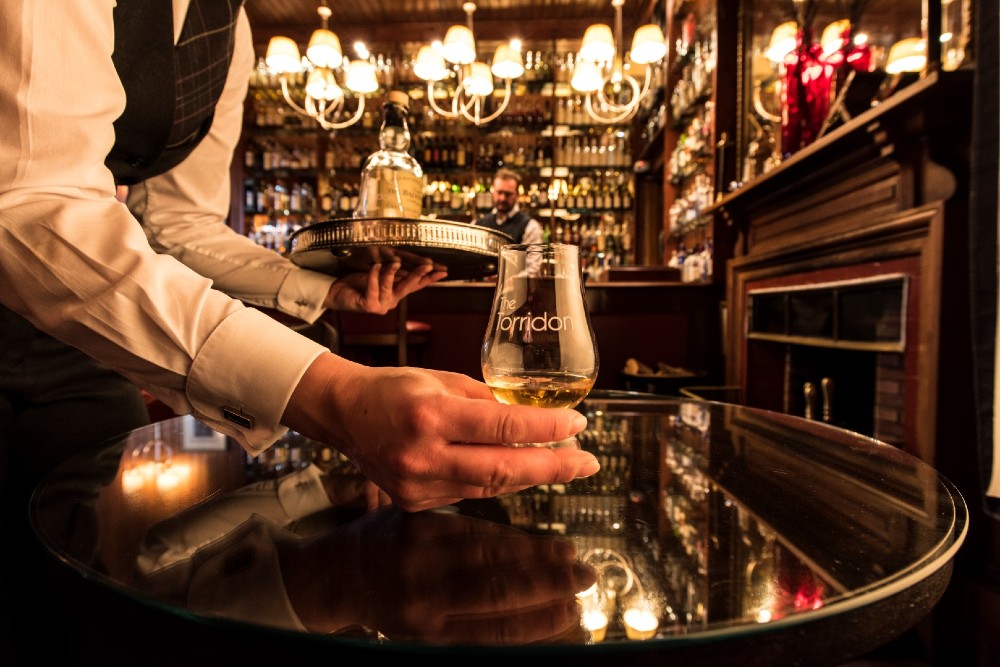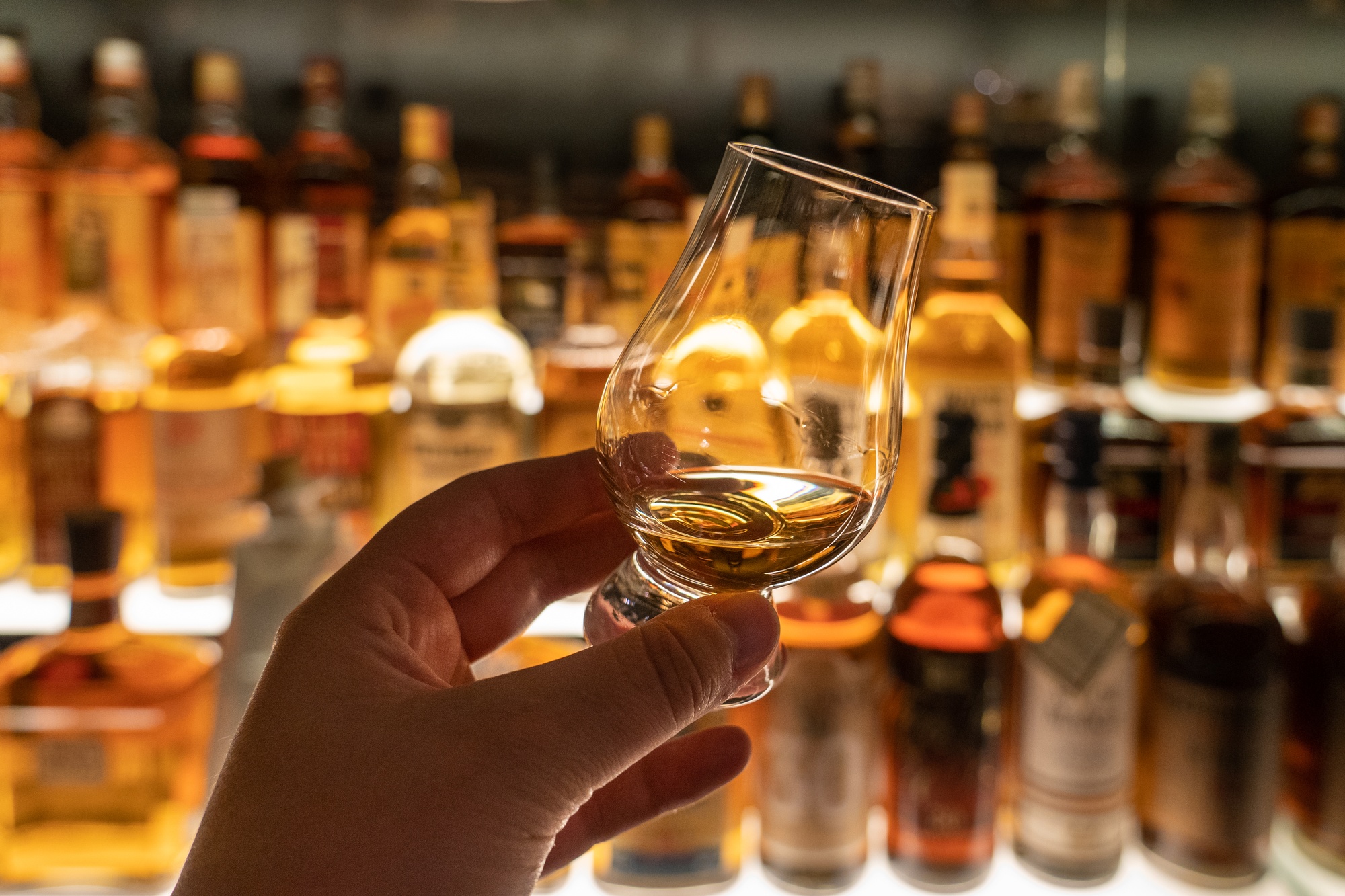Wee History of Whisky
The story of Scotch (whiskey) begins as early as the 15th century. The earliest documented record of distilling in Scotland occurred in 1494 in the tax records of the day, the Exchequer Rolls. An entry lists “Eight bolls of malt to Friar John Cor wherewith to make aqua vitae.” Friar John was in luck – this was enough malted barley to produce almost 1,500 bottles of a potent spirit which would be refined and improved in the years ahead.
The increasing popularity of Scotch attracted the attention of the Scottish Parliament, looking to profit from the fledgling industry. The first taxes on Scotch were introduced in 1644 which led to an increase in illicit whisky distilling across Scotland. Smuggling became standard practice for the next 150 years.
The excisemen, or gaugers, as they were known, and the illicit distillers began a game of cat and mouse, with canny Scots coming up with increasingly ingenious ways of shielding the spirit from taxation. Even usually honest members of the clergy would hide Scotch under the pulpit, and the illicit spirit was even transported by coffin to avoid the taxman!

One of the most well-known tax collectors of the 18th century was Robert Burns – Scotland’s poet. He trained as an exciseman before turning his attention to writing some of Scotland’s most loved poetry. In 1785, Burns wrote “Scotch Drink” – an ode to whisky and the nature of happiness – of community, cooperation, warmth, and a friendly welcome – and his points went to the true spirit of Scotch.
The continued flouting of the law eventually prompted the Duke of Gordon, on whose extensive lands some of the finest illicit whisky in Scotland was being produced, to propose in the House of Lords that the Government should make it profitable to produce whisky legally.
In 1823 the Excise Act was passed, which sanctioned the distilling of whisky in return for a license fee of £10, and a set payment per gallon of proof spirit. Smuggling died out almost completely over the next decade and, in fact, a great many of the present-day distilleries stand on sites used by the smugglers over two centuries ago.
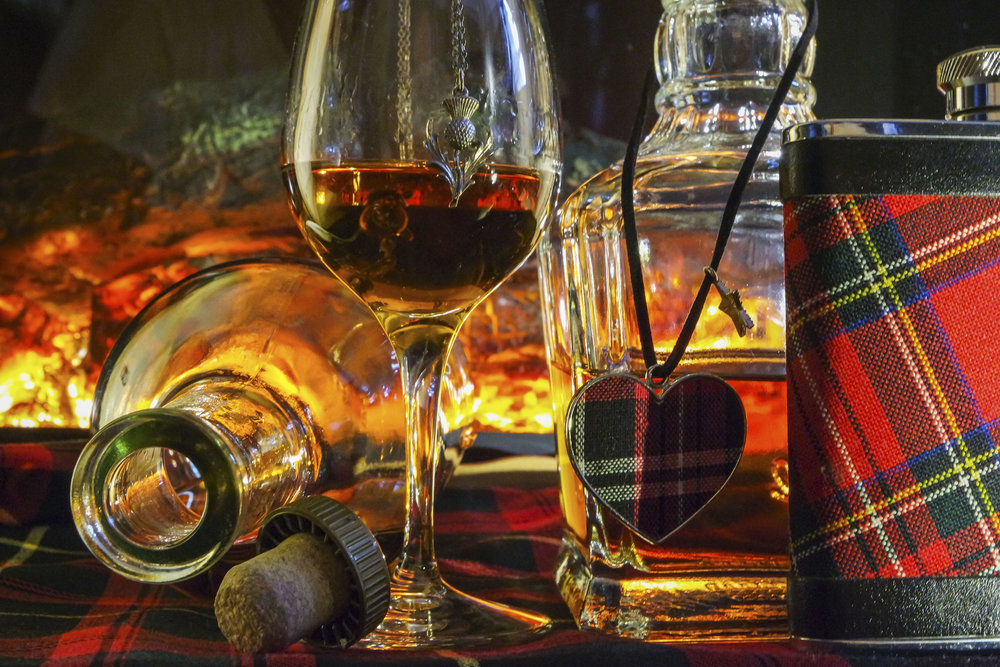
Until now, the spirit – illicit or otherwise – had been Malt Whisky. But, in 1831, Aeneas Coffey invented the Patent Still which enabled a continuous process of distillation to take place. This led to the production of Grain Whisky, a different, less intense spirit than Malt Whisky. The lighter flavored Grain Whisky, when blended with the more potent and fiery malts, extended the appeal of Scotch Whisky to a considerably wider market.
During the 19th century, titans of the whisky world like James Buchanan, Tommy Dewar, Johnnie Walker & James Chivas took Scotch out of Scotland for the first time.
Using their entrepreneurial spirit, they took whisky out to the British empire and far beyond, creating an enduring love of Scotch from Hong Kong to Hanoi, Sydney to San Francisco, Montreal to Mumbai, Bogota to Berlin, Cape Town to the Cape Verde islands. The export markets they built are the foundation stone of Scotch whisky’s success today.
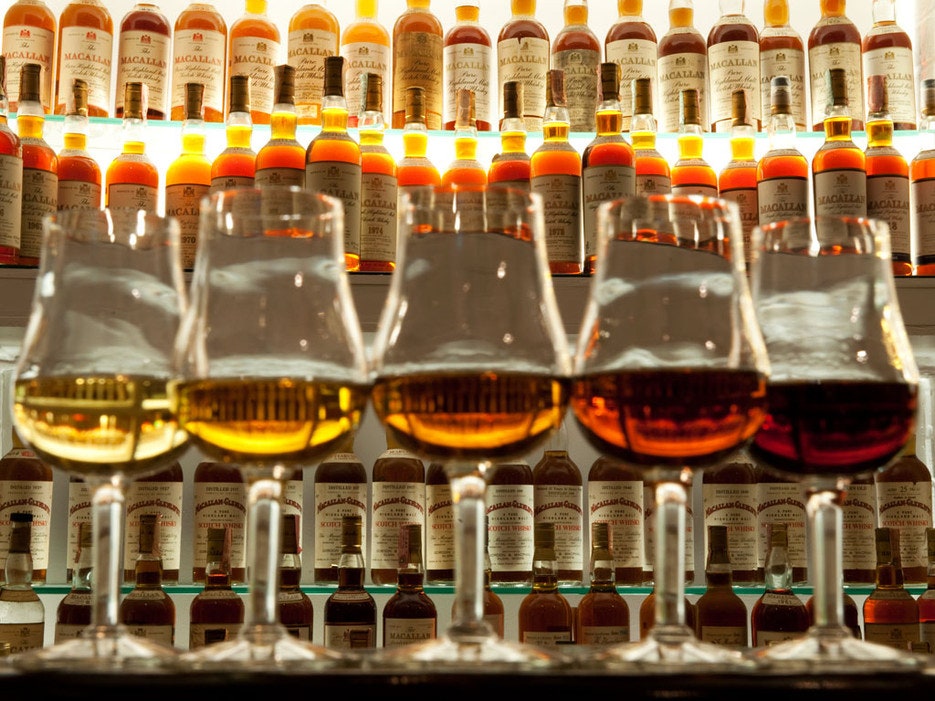
A spot of luck also helped global expansion. In the 1880s, the phylloxera beetle devastated French vineyards, and within a few years, wine and brandy had virtually disappeared from cellars everywhere. Once again canny Scots were quick to take advantage. By the time the French industry recovered, Scotch Whisky had replaced brandy as the preferred spirit of choice.
The Scotch Whisky Association was created against a backdrop of rising taxes, global expansion, and the need for a united industry voice. Brand owners held a series of conferences to discuss how to protect the sector which led to major gathering in London on 3 October 1912. On this day, it was agreed to set-up the Wine & Spirit Brand Association which would become the Scotch Whisky Association in 1942.
United States Prohibition – – – Alcoholic Prescription for Sir Winston Churchill 1932
In 1920, prohibition was introduced in the United States. Whisky was exempt if it was prescribed by a doctor for medicinal purposes. Some famous faces used this to their advantage…
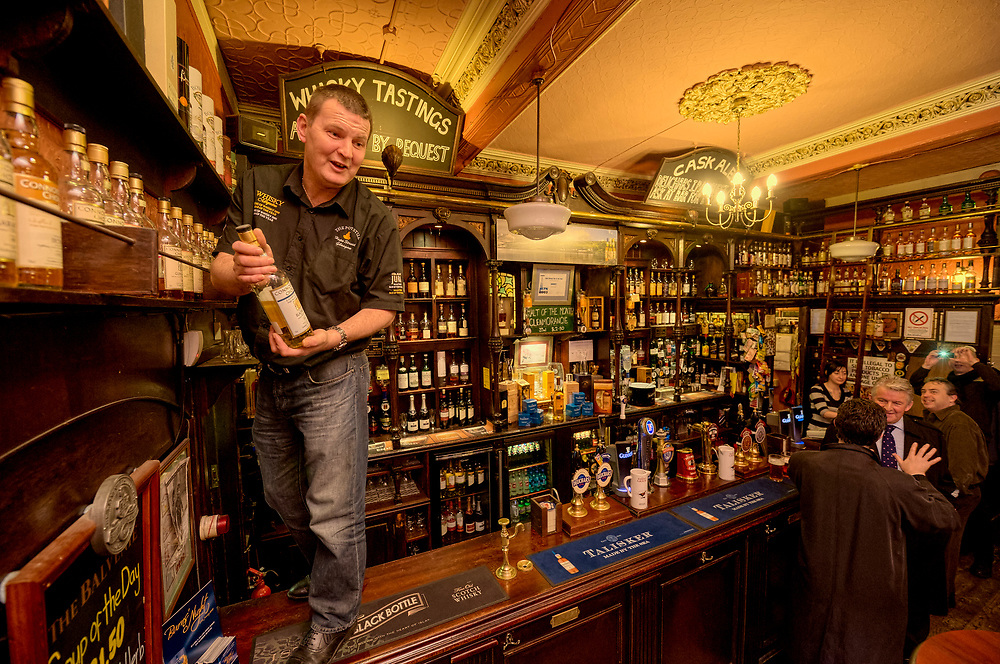
Churchill’s connection to Scotch goes further than prohibition. World War II re-shaped the industry as distillers increasingly looked to international opportunities. At the time, one Minister said: “…the country needs food, dollars mean food, and whisky means dollars.” Annual export targets were agreed with the government and Scotch’s journey to become the world’s premier whisky continued.
Five centuries after it all started, 1994 the Scotch Whisky industry celebrated the 500th anniversary of whisky production in Scotland – and did it in style! For the first time, global exports of Scotch Whisky broke through the £2 billion mark.
“Scotch Drink – an ode to whisky and the nature of happiness – of community, cooperation, warmth, and a friendly welcome.”
Robert Burns 1785
Scotch Whisky must, by law, be distilled and matured in Scotland in oak casks for at least three years and bottled at a minimum alcoholic strength of 40% abv. The robust legal protection of Scotch – vital to safeguard a spirit globally renowned for its quality – has grown over time.
The first definition of Scotch in UK law was secured by 1933, with a dedicated Scotch Whisky Act in 1988 and new Scotch Whisky Regulations in 2009. These comprehensive rules govern the Scotch Whisky industry.
Today Scotch Whisky is enjoyed in 175 countries throughout the world. Each second, 42 bottles of Scotch are shipped from Scotland across the globe, helping to support tens of thousands of jobs in Scotland and ensuring that millions of consumers can enjoy a dram.
A global industry, 500 years in the making.
Article Credit: https://www.scotch-whisky.org.uk/discover/story-of-scotch/
Photo Credit –
Photo Credit –
Photo Credit –
Photo Credit – depositphotos.com
Photo Credit –
Photo Credit –



